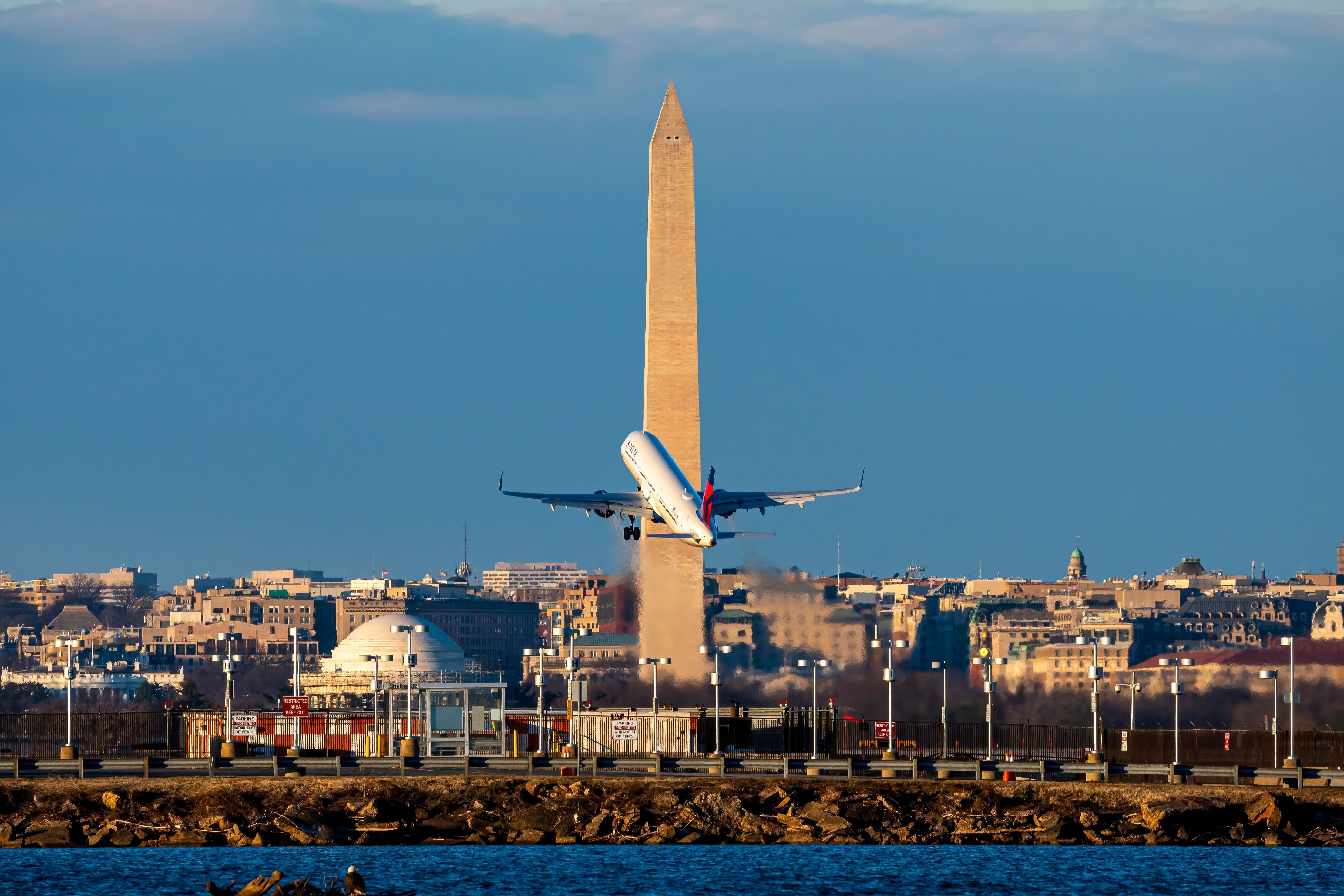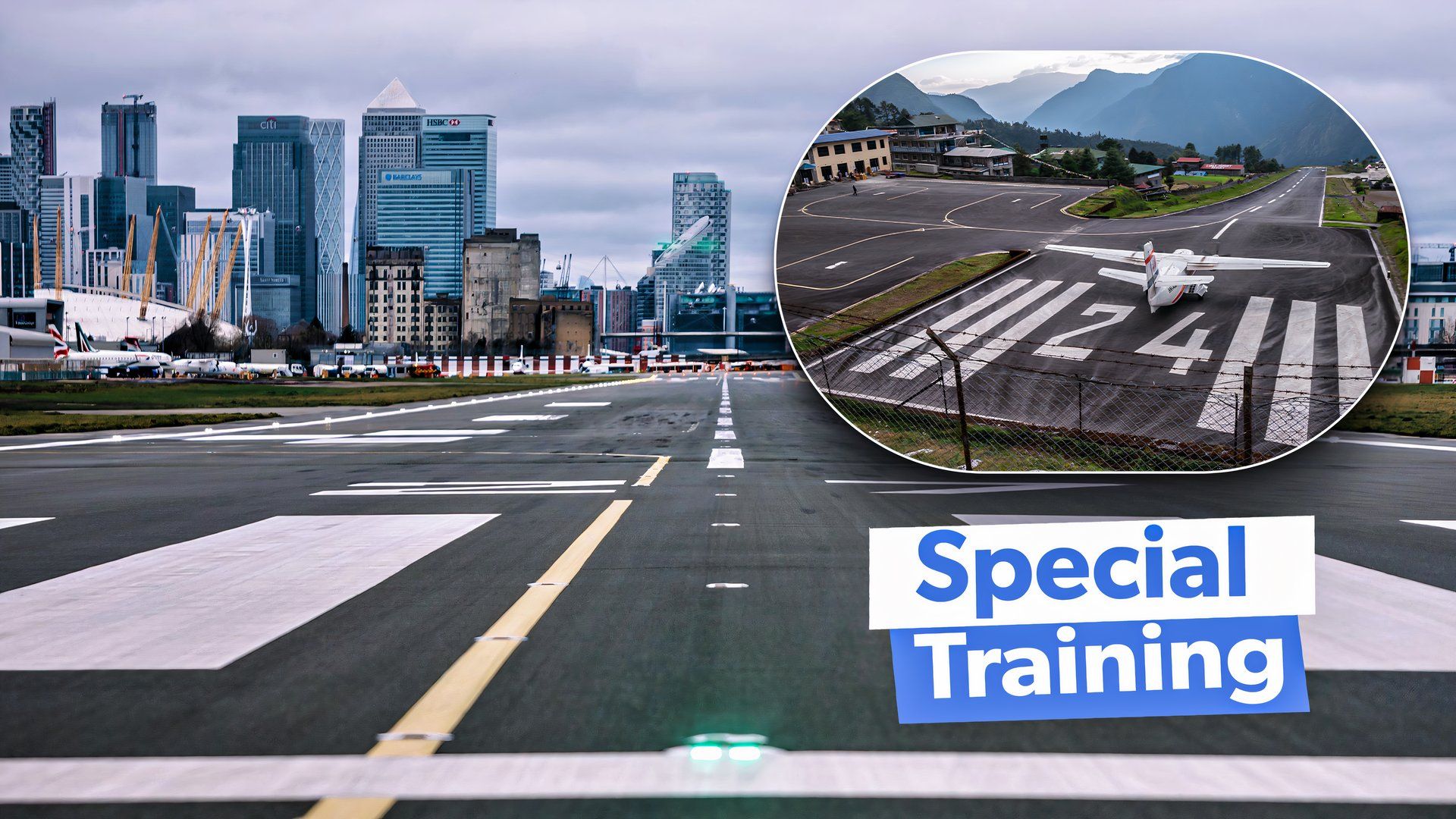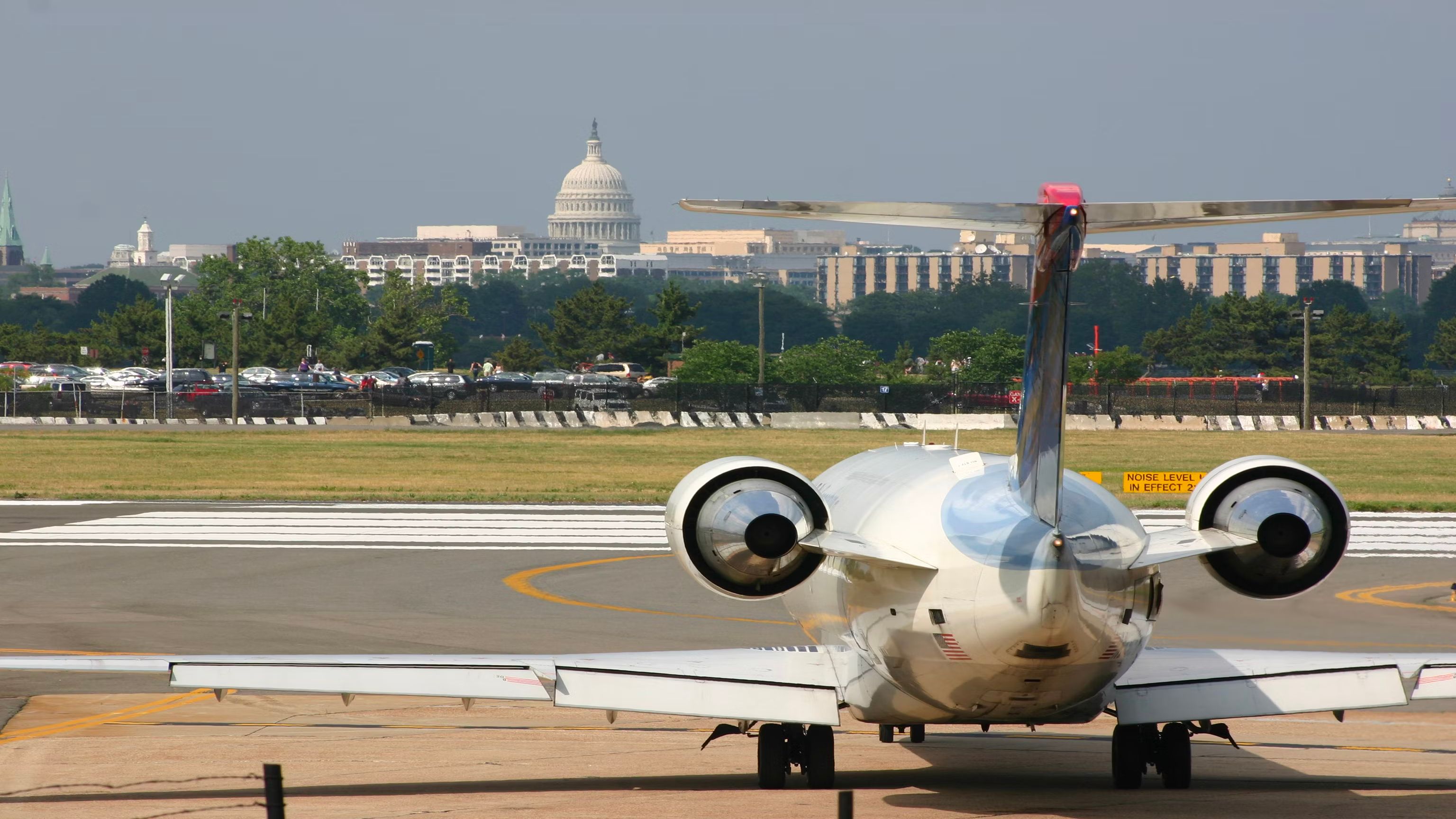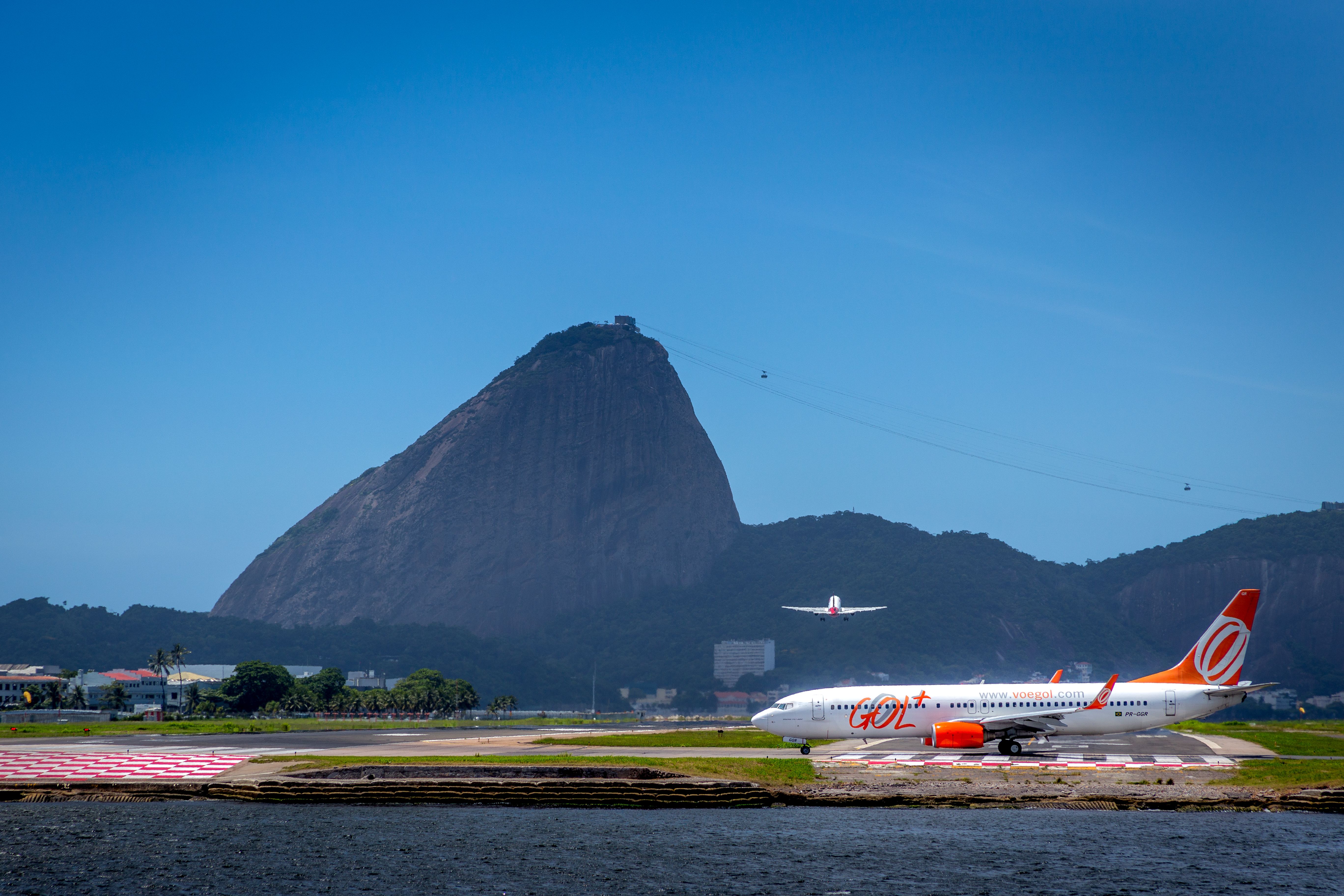Summary
- Airlines identify special airports that require additional pilot briefing materials.
- Specific airports have certain pilot qualifications and limit low-time pilots from operating into and out of them.
- Flight training departments provide documentation and mentorship for pilots flying into challenging airports for the first time.
Every airport is different, but a few prove significantly more challenging than others. The vast majority of the runways airlines operate on are at (or near) sea level, are longer than 7,500 feet (2,300 meters), and aren’t surrounded by much terrain. Though many airports have one of these features, some airports feature a combination of these factors that introduce special considerations from a piloting perspective.
Airlines especially identify these airports for additional training and tailor procedures for them. Here are some examples of notable airports and what pilots need to do to fly into them.
Special airports
Each airline identifies airports that require additional pilot training, briefings, or captain-only airports in accordance with their operator’s certificate. In other words, an airline’s country’s regulatory agency approves training and operational procedures for airports that are identified as uniquely challenging or threat-laden.
Additionally, a regulatory agency might identify airports requiring special pilot-in-command qualifications. The Federal Aviation Administration maintains a list of worldwide airports that rise to this level of consideration. It can be viewed here.
Most airports that make the pilot-in-command qualifications list are surrounded by high terrain and have associated arrival or departure procedures to counter the threats this creates. The only US airport on this list for reasons other than terrain and obstacles is Reagan Washington National Airport.
Rather than terrain, Washington Reagan has a strict no-fly zone close to the airport that requires special planning and procedures.
Photo: Douglas Litchfield I Shutterstock
Most special pilot-in-command qualifications airports don’t require additional ground or simulator training for pilots. Instead, airline training departments are responsible for creating documents regarding the unique features at the airports for pilots to review before flying to them. These documents include airport overviews and images, a description of seasonal weather patterns, and discussions about how ATC expects pilots to operate into and out of the airport.
Company pages
The notes and charts associated with unique procedures at specialized airports are generally called “company pages.” The company pages contain a lot of information, including engine-out procedures for arrivals and departures.
Since most airports in this discussion are surrounded by terrain, pilots cannot fly straight out in the event of an engine failure (this is the standard engine-out maneuver). Instead, a series of turns is required to avoid mountains (or off-limits airspace at DCA), which is reflected in the engine-out special procedures. Company pages were physical papers that required updating along with a pilot’s navigational charts. Nowadays, company pages are contained in electronic flight bags.

Related
The Unique Piloting Experience At Ronald Reagan Washington National Airport
The special airport in the heart of the US Capitol.
Low-time pilot restrictions
Many special pilot-in-command requirement airports are accompanied by low-time pilot restrictions, which forbid new pilots on a fleet from flying into or out of these destinations. Generally, a “low-time pilot” is the first officer who has flown less than 100 hours on the fleet. If an airport has low-time pilot restrictions, the captain must fly approaches and takeoffs. Low-time pilot restrictions are different from “captains-only” airports.
Not every airline implements this methodology, but some companies have identified airports that only captains can operate in and out of. Places like Aspen, Colorado (KASE), London City (EGLC), and Paro, Bhutan (VQPR) are examples of captain-only airports at some airlines.
Validation training pilots
While most special pilot-in-command airports do not require simulator training before pilots fly there, some airlines have uniquely trained line validation pilots to mentor their colleagues. Pilots (captains and first officers) who haven’t gone to special airports or regions are accompanied by experienced pilots on their first trip.
For example, a pilot who hasn’t yet operated in places like Mexico City, Guatemala City, Quito, or Bogotá might be required to have a specially qualified validation pilot with them on their first trip. This pilot is familiar with Central and South American operating procedures, local ATC, and the mountainous terrain surrounding these airports.
The validation can be either a captain or a first officer (depending on the airline) who is a member of the training department and has gone to that region and airport many times before. They can set expectations and pre-brief operational considerations for these airports.
Validation pilots are a reliable source of information during a busy approach or departure. After a captain or first officer has successfully flown to particular regions and airports, they are no longer required to fly with a colleague from the training department.
Although simulator training isn’t usually a hard requirement to fly into airports, airlines focus initial and recurrent training simulator modules around special procedures airports since they provide some of the biggest challenges during normal line operations.
For instance, several US carriers use Washington Reagan as the departure airport for line-oriented flight evaluations (airline check rides) to ensure pilots know how to deal with the unique airspace around the airport.
Airlines also feature places like Rio de Janiero for engine-out simulator training or Bogotá for inoperative cabin pressurization systems because these airports require special procedures for these particular emergencies. In addition to this exposure during simulator training, trips to places like Rio and Bogotá are flown with training pilots during a regular pilot’s first trip.
Photo: Ines Sacramento | Shutterstock
Plan the flight, fly the plan
Most of the training required to fly to special authorization airports is incumbent on pilots. Pilots must review their airline’s operational procedures and company pages before flying to an airport with special PIC or low-time pilot requirements. In some circumstances, additional simulator training might be required, but the airports requiring this level of training are few and far between.
In most cases, a thorough review of the airline’s expectations, the company pages, and adherence to standard operating procedures are the majority of what’s required to fly into and out of special authorization airports.



